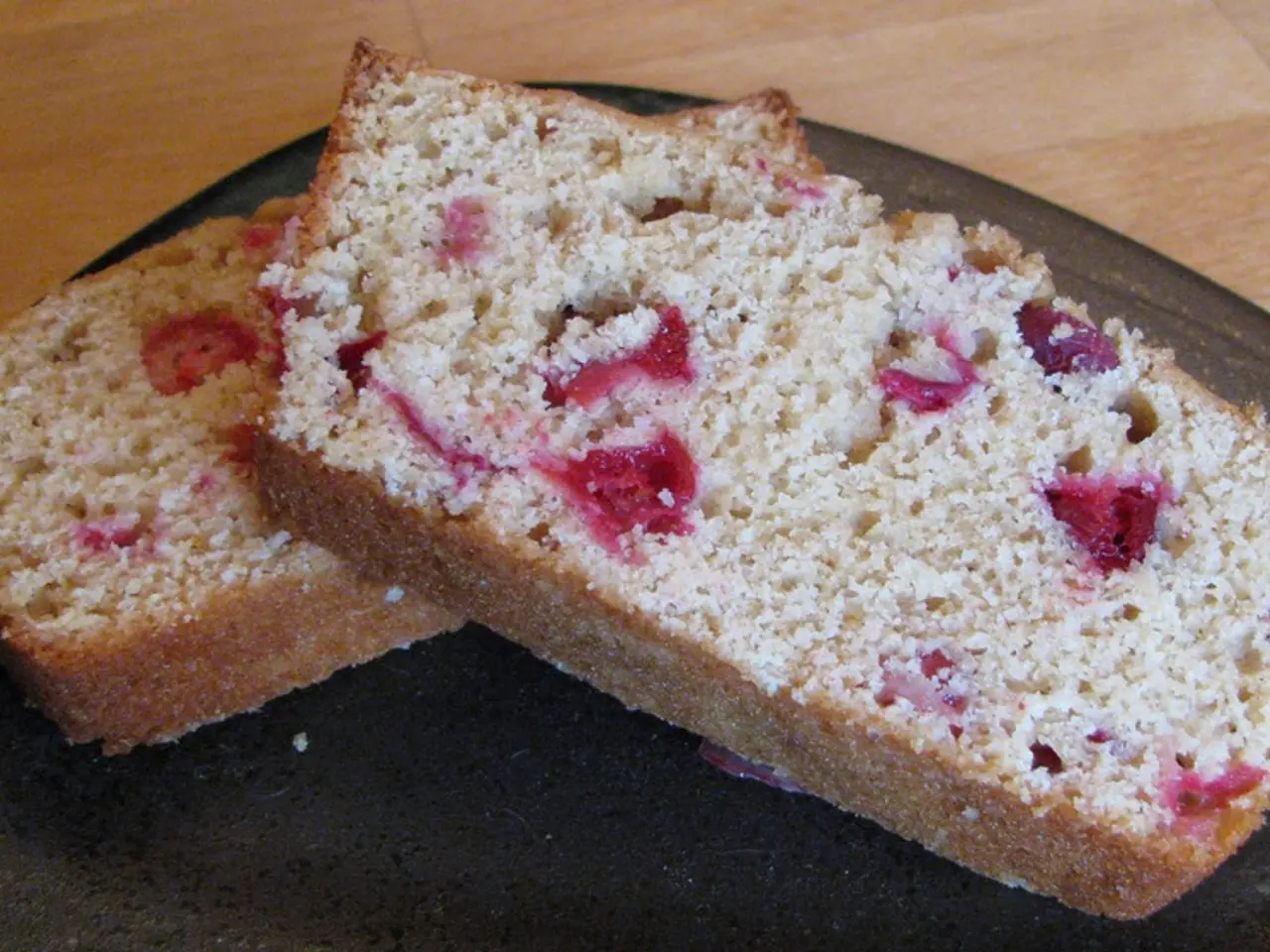Ancient Hittite Bread Reconstructed Utilizing Traditional Techniques
Reviving a 3,500-Year-Old Tradition: The Return of Hittite Bread
In the heart of Turkey, a women's cooperative in Çorum has breathed new life into a remarkable culinary tradition – the Hittite bread. This ancient bread, traced back to Hittite ritual and temple texts, represents a significant piece of the cultural heritage of the Hittite Empire.
The Journey to Authenticity
The cooperative's process focuses on authenticity, mirroring the methods and materials used by the Hittites. Agricultural engineer Tuba Topkara, a member of the Valide Sultanlar Sofrası Women's Cooperative, discovered the recipe through gastronomy instructor Ülkü Menşure Solak, a co-author of "Hittite Cuisine as an Experimental Archaeology Study."
The bread's production begins with the cultivation of heirloom, organic wheat varieties, grown locally and untouched by genetic modification. The wheat is then milled in traditional stone mills, preserving its natural qualities.
The dough is mixed with local spring water, wild sourdough starter, and natural rock salt before being hand-kneaded in wooden troughs, maintaining traditional craftsmanship. The bread is baked in a renovated wood-fired stone oven, using oak wood fires, in line with ancient Hittite baking methods.
Embracing the Past, Sharing the Future
Tuba Topkara and Ülkü Menşure Solak emphasize the authenticity, purity, and organic nature of this bread. They view the bread not only as food but as a cultural revival and a tangible connection to the legacy of the Hittite civilization.
The project, supported by the Çorum Municipality, aims to globalize this ancient culinary heritage as a symbol of regional and world culture. The cooperative packages and delivers the bread, aiming to share it beyond local boundaries, worldwide.
In summary, the revitalized Hittite bread is an organic, handcrafted bread using heirloom wheat, traditional milling, ancient recipes from Hittite tablets, and wood-fired stone ovens, embodying a 3,500-year-old culinary tradition brought back to life in its original Anatolian homeland.
Tuba Topkara emphasizes the uniqueness of the recipe and the value of women's hands in the process, stating that the bread is made using heirloom wheat from their village, milled in a traditional stone mill, and baked over an oak wood fire.
Ülkü Menşure Solak explains that the recipes in ancient Hittite tablets, especially religious texts, were the foundation of their experimental archaeology. The Hittite bread, a testament to the rich history of the Hittite Empire, stands as a symbol of cultural preservation and culinary innovation.
- Beyond Turkey, the cooperative aspires to share the revitalized Hittite bread worldwide, globalizing a 3,500-year-old culinary heritage as a symbol of both regional and global culture.
- The recipe for the Hittite bread was discovered through experimental archaeology, with gastronomy instructor Ülkü Menşure Solak uncovering it from ancient Hittite tablets, especially religious texts.
- In the realm of lifestyle choices, the production process of the Hittite bread represents a commitment to sustainable living, with heirloom, organic wheat varieties grown locally and untouched by genetic modification.
- For budget-conscious travelers seeking unique cultural experiences, explorations of regional food-and-drink traditions like the Hittite bread could make for unforgettable cultural-travel experiences.
- The Hittite bread, made with local spring water, wild sourdough starter, and natural rock salt, embodies the principles of healthy cooking, offering a distinctive and authentic taste that departs from mass-produced alternatives.
- Gardening enthusiasts might find inspiration in the cooperative's cultivation of heirloom wheat varieties for the Hittite bread, demonstrating the potential for home-and-garden projects to preserve ancient traditions and support local agriculture.
- The interior-design aficionado would find a tasteful addition to their home decor with a loaf of the unique Hittite bread, crafted using authentic methods and materials, such as traditional stone mills and hand-kneaded in wooden troughs.




